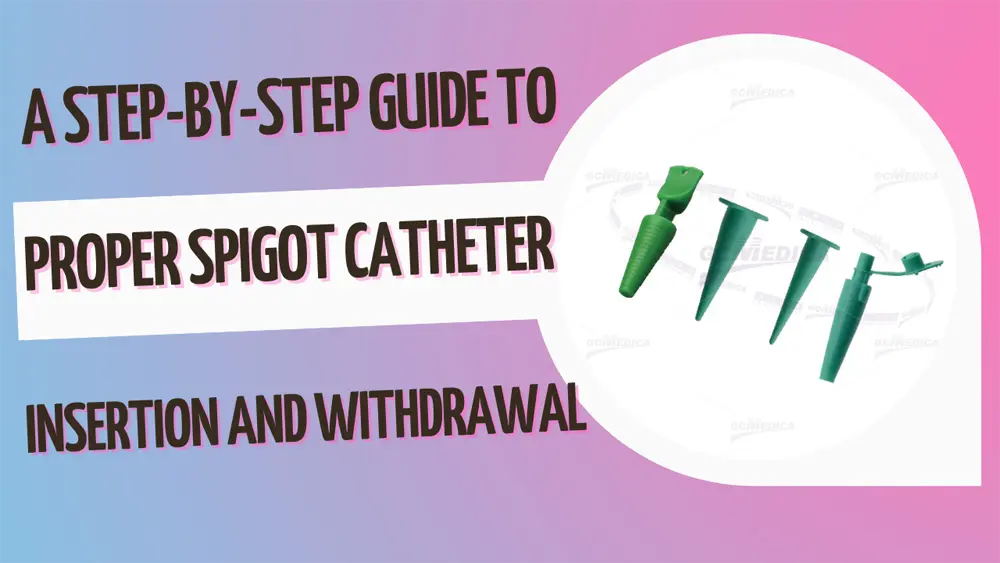- Laparoscopic & Endoscopic Products
-
Respiratory & Anesthesia
-
Oxygen Therapy
- Capnography Mask
- CO₂ Nasal Oxygen Cannula
- Elastic Head Strap Cannula
- Oxygen Mask with Swivel Connector
- Multi-vent Mask
- Non-rebreathing Mask
- Oxygen Mask with Adjustable Nose Clip
- Venturi Mask
- Nebulizer Mask
- Nebulizer with Mouth Piece
- Nebulizer Mask with Swivel Connector
- Tracheostomy Mask
- Nasal Oxygen Cannula
-
Airway Management
- Oropharyngeal Airway
- Nasopharyngeal Airway
- Laryngeal Mask Airway
- Tracheostomy Tube
- Endotracheal Tube
- Endotracheal Tube Introducer
- Intubating Stylet
- One-way Valve Mouthpiece
- Mucus Control Vacuum Valve
- Mucus Specimen Trap
- Mucus Extractor
- Mucus Extractor with Protective Sheath
- Disposable Aspirating Tube
- Anesthesia
- Closed / Open Suction Catheter
- Pressure Infuser
- ABC Mouthpiece and Filter Kit
- MDI Spacer
- Disposable Ezscope™ Pro Broncho
- Nose Clip
-
Oxygen Therapy
- Cardiothoracic Surgery
- Gynaecology
-
Urology
- CathVantage™ Portable Hydrophilic Intermittent Catheter
-
Cysto/Bladder Irrigation Set
- M-easy Bladder Irrigation Set
- B-cylind Bladder Irrigation Set
- S-tur Bladder Irrigation Set
- S-uni Bladder Irrigation Set
- B-uro Bladder Irrigation Set
- Premi Bladder Irrigation Set
- J-pump Bladder Irrigation Set
- J-tur Bladder Irrigation Set
- H-pump Bladder Irrigation Set
- Sup-flow Bladder Irrigation Set
- Maple Irrigation Set
- Peony Irrigation Set
- Nelaton Catheter
- Urinary Drainage Bag
- Urinary Drainage Leg Bag
- Enema Kits
- Sitz Bath Kits
- Click Seal Specimen Container
- Silicone Male Catheter
- Spigot Catheter and Adaptor
- Sandalwood Irrigation Set
- Freesia Irrigation Set
- Daffodil Irrigation Set
- Enteral Feeding Products
- Dental
- Fluid Management
- Warming Unit and Warming Blanket
-
Operating Room Necessities
- Pulsed Lavage System
- Magnetic Drape
- Suction Handle
-
General Surgery
- Perfusion Atomizer System
- Gastric Sump Tube
- Surgical Hand Immobilizer
- Administration Set for Blood
- Ear/Ulcer Syringe
- Bulb Irrigation Syringe
- Toomey Irrigation Syringe
- Mixing Cannula
- Basin Liner/Basin Drape
- Camera Handle Cover
- Light Handle Cover
- Medical Brush
- Sponge Stick
- Suture Retriever
- Needle Counter
- Disposable Calibration Tube
- Heparin Cap
- 100ML Bulb Irrigation Syringe
- Scleral Marker
- Surgical Light Handle
- Mucosal Atomization Device
- Durable Medical Equipment
- Patient Handling System
- Personal Protective Equipment
- PVC-FREE Medical Device
- Emergency
-
GCMEDICA Dispositifs médicaux jetablesJul 26 , 2024
-
GCMEDICA Dispositivos médicos desechables en EuropaJul 26 , 2024
-
GCMEDICA Disposable Medical Devices In EuropeJul 26 , 2024
-
GCMEDICA Disposable Medical Devices In North AmericaJul 26 , 2024
-
GCMEDICA Dispositifs médicaux jetables en EuropeJul 26 , 2024
A Step-by-Step Guide to Proper Spigot Catheter Insertion and Withdrawal

The use of a spigot catheter is commonplace in medical settings for drainage purposes. This approach offers a less invasive and less risky way of managing bladder or bowel problems compared to other catheterization procedures.
Despite its apparent ease of use, the introduction or withdrawal of the spigot catheter requires proper technique to prevent injury and ensure patient comfort. The following is a detailed guide to help medical professionals through the process.
Gather the required materials
Before starting the catheterization, gather the things you need. These include a clean spigot catheter, cleaning solution, lubricant, sterile gloves, and a container to collect the urine or stool output. This preparation also involves explaining the procedure to the patient to ensure their comfort and cooperation.
Position the patient
Once you have the necessary equipment, it's time to get the patient in the right position. Place the patient in the supine position, which is lying on the back, with the legs apart. If the patient is unable to assume such a position, consider assisting them or using alternative methods.
Sterilize the equipment and gloves
Wash your hands and put on sterile gloves before cleaning and lubricating the spigot catheter. Sanitize the catheter and gloves using a cleaning solution. This step is crucial, as it helps to prevent infections that could cause complications.
Catheter insertion
Take the lubricated spigot catheter and insert it gently into the urethra. Be mindful to follow the curvature of the urethra and avoid applying excess force that could cause injury. Once the catheter is inserted, allow the fluid to drain into the collection container. Still, during the process, check the patient for any signs of discomfort, and if they experience pain, stop and try again.
Withdrawal
After the catheterization is complete, you need to remove the spigot catheter. Start by detaching the tube from the collection container and angling it upwards to allow the remaining fluid to drain. While holding the catheter in place, gently twist and move it back and forth as you pull it out slowly. Continue observing the patient during the process and stop immediately if you notice discomfort.
Clean and secure
Once the catheter is out, clean the area and reposition the patient's clothing. Discard the spigot catheter according to the established biohazardous waste policies. Document the procedure, and if there were any complications or problems, proceed to report them immediately.
In conclusion, spigot catheterization is a useful procedure for patients with bladder or bowel problems. It is crucial to follow the right steps to insert and withdraw the catheter correctly to avoid any injury and prevent infections. This technique is a less invasive way to manage the patient's condition, and regular training helps to ensure that medical professionals maintain competence and accuracy while handling the process.

